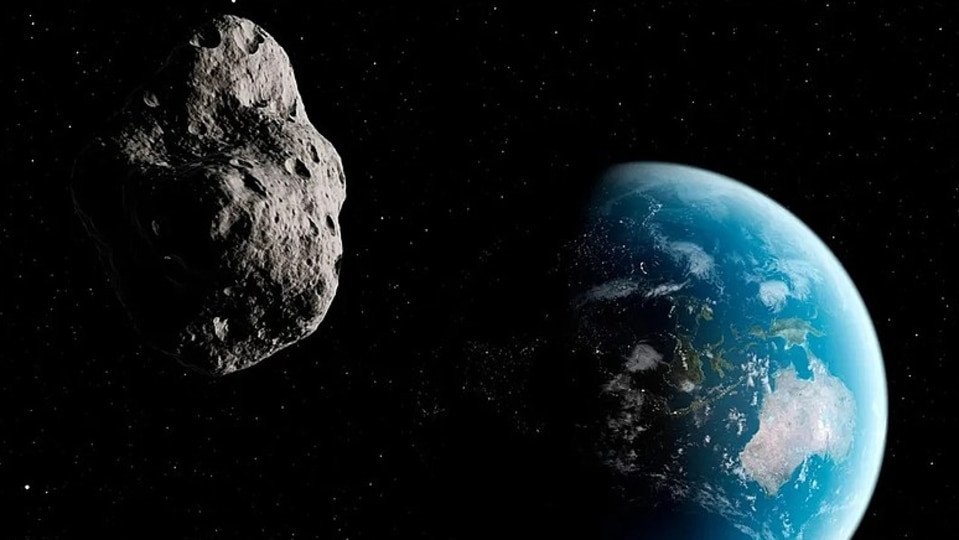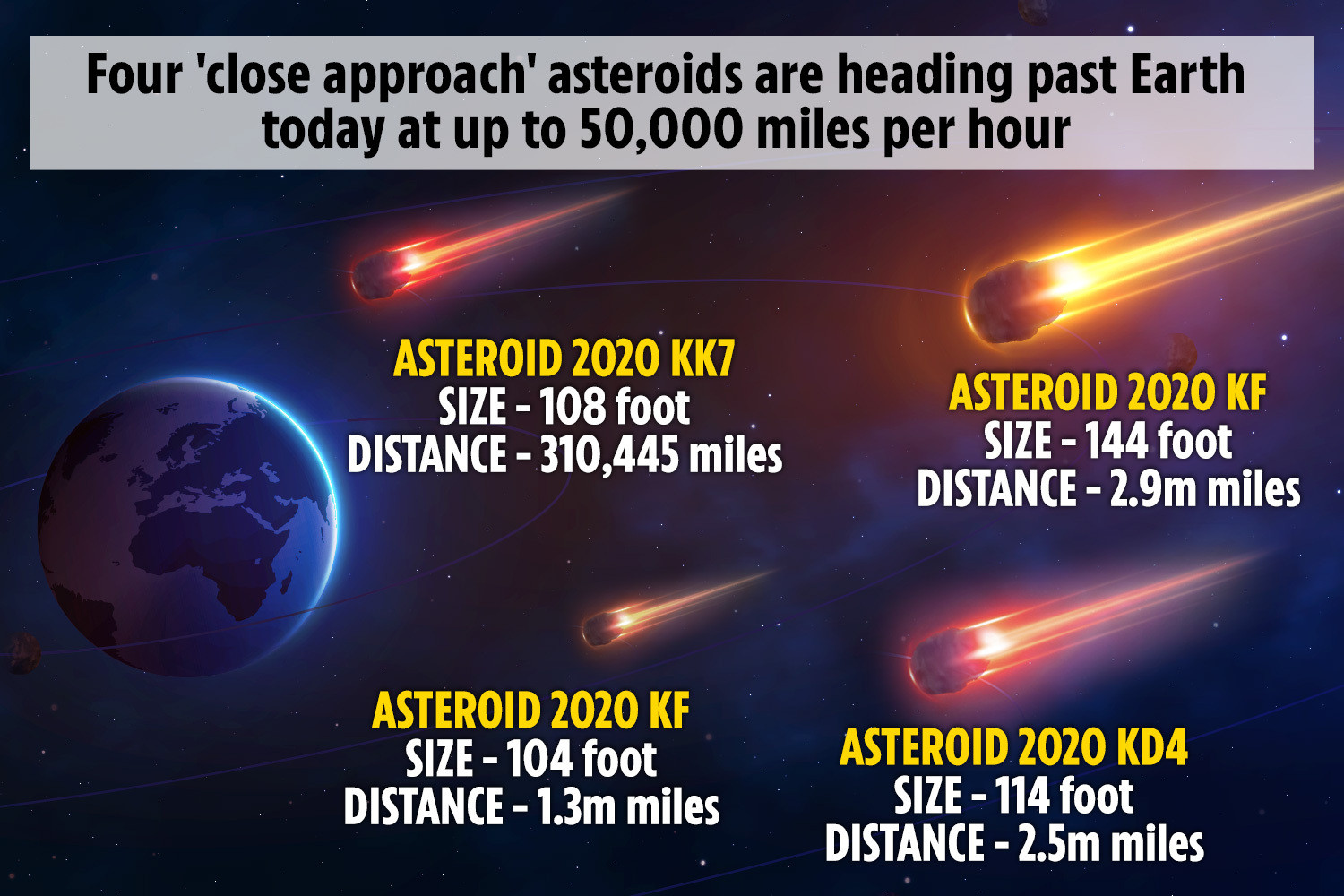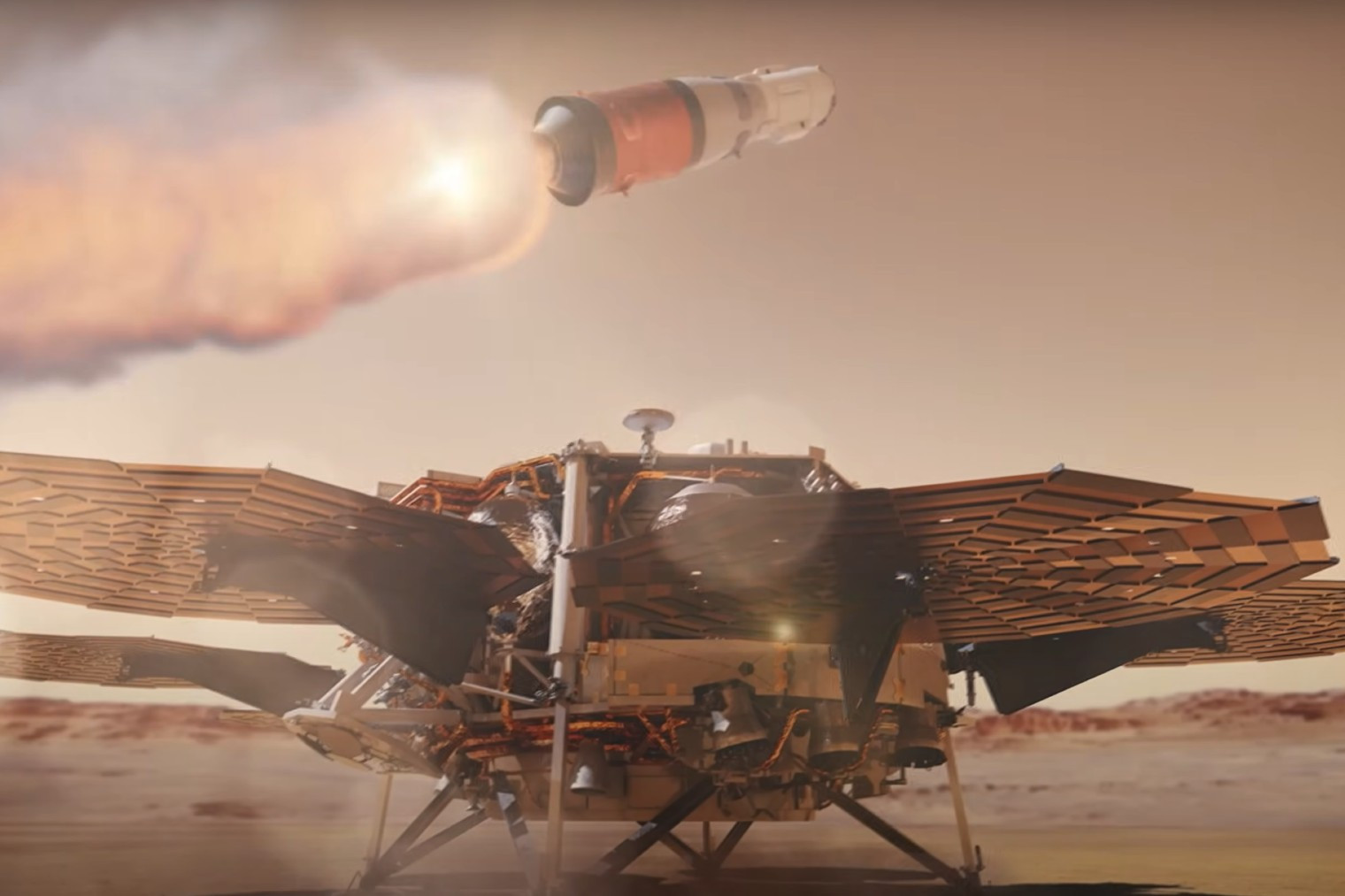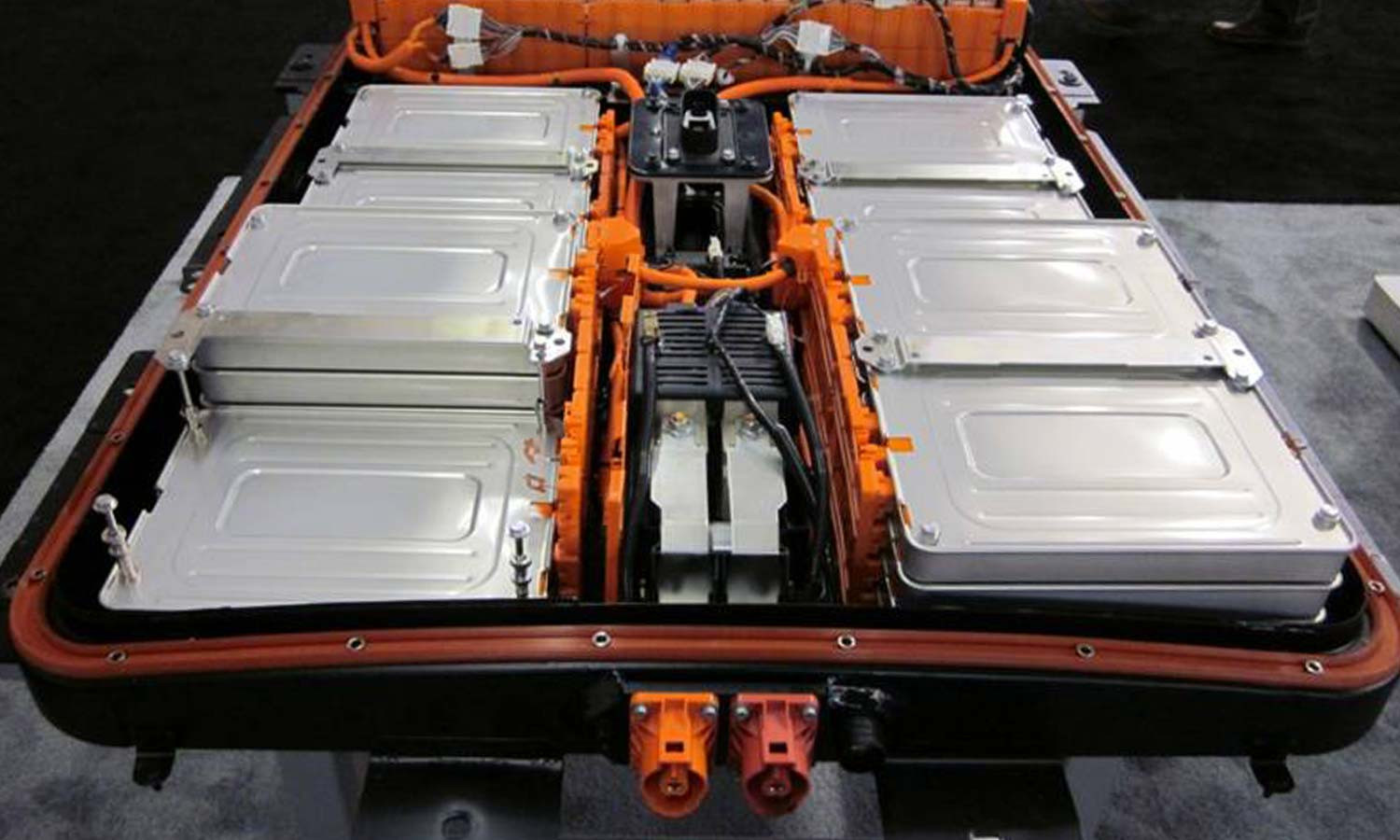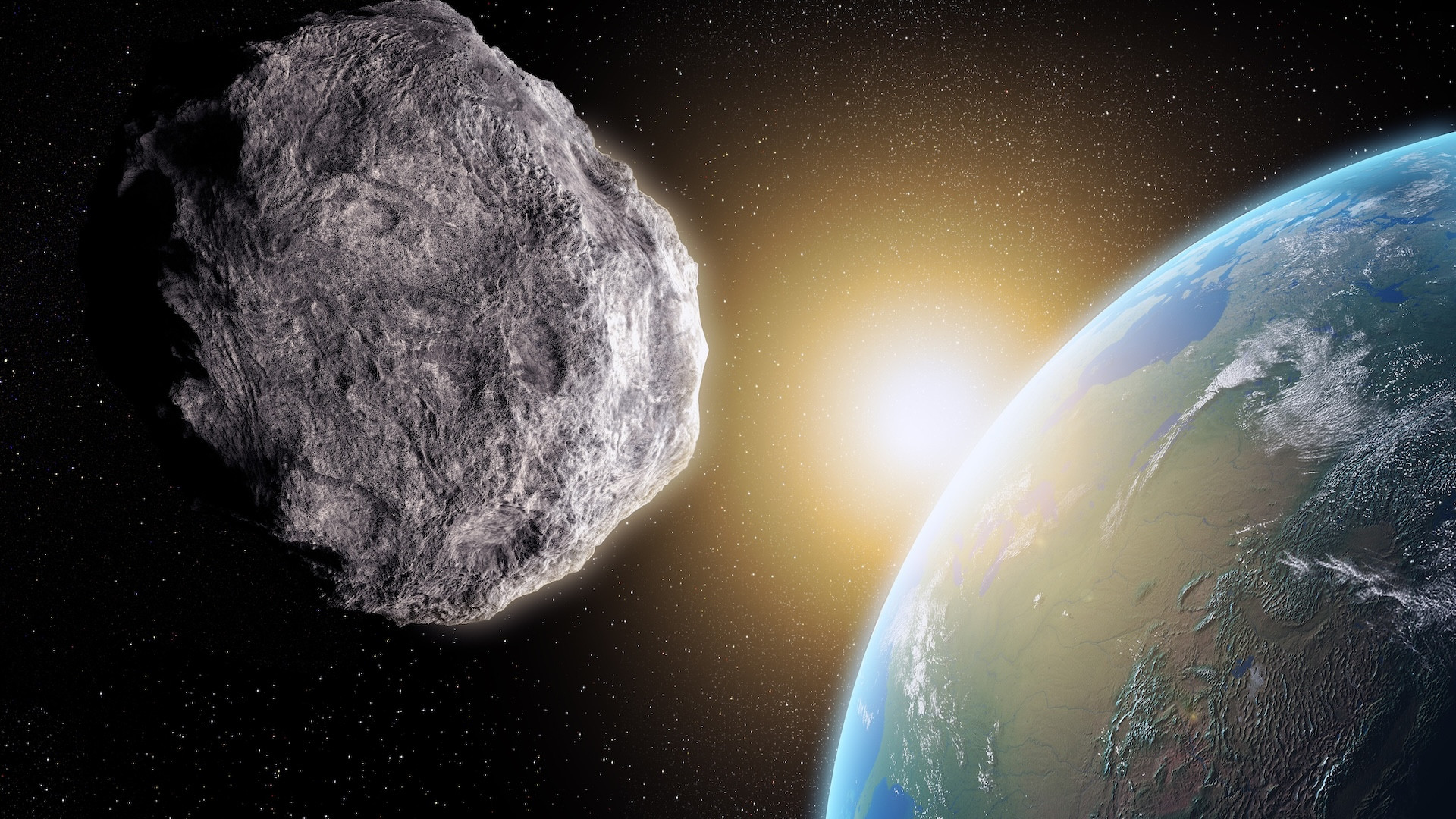A Cosmic Close Call: Asteroid 2023 BU's Near Miss with Earth
On January 26, 2023, a small asteroid designated 2023 BU made a remarkably close approach to Earth. While posing no actual threat to our planet, the event served as a stark reminder of the potential dangers posed by near-Earth objects (NEOs) and the importance of developing robust planetary defense strategies. The asteroid, estimated to be between 3.5 and 8.5 meters in diameter, passed within a mere 3,600 kilometers of Earth's surface—closer than many geostationary satellites.
The Significance of 2023 BU's Close Approach
The near miss was not just a spectacle for astronomers; it presented a valuable opportunity for testing and improving our capabilities to detect, track, and potentially deflect NEOs. The event highlighted the effectiveness of existing detection systems, demonstrating their ability to identify even relatively small asteroids approaching Earth. This successful detection showcased the collaborative efforts of international astronomical observatories. Moreover, the close approach provided scientists with unprecedented data on the asteroid's composition and trajectory, enriching our understanding of these celestial bodies. The data collected will be invaluable in refining models used to predict the future trajectories of NEOs. The close pass also helped refine the accuracy of our asteroid-tracking and prediction technologies, which is vital for predicting future potential impacts.
Improving Detection and Tracking Systems
The incident underscored the need for continued investment in and improvement of our planetary defense capabilities. While current systems are effective, there's always room for refinement. The detection of 2023 BU, relatively late in its approach, underscores the need for better early warning systems. Faster and more precise detection methods are critical for providing ample time to react to potential threats. This includes developing and deploying more advanced telescopes and utilizing sophisticated algorithms to analyse astronomical data more efficiently.
Planetary Defense Strategies: A Global Effort
Protecting Earth from asteroid impacts requires a multifaceted approach. This involves not only improving detection capabilities but also developing effective deflection strategies. This includes a collaborative global network of observatories sharing data and expertise for a coordinated response. Several methods for deflecting asteroids are currently under investigation, including kinetic impactors (like DART’s successful mission), gravity tractors, and nuclear options. The choice of method will depend on the size, composition, and trajectory of the threatening asteroid, and the time available to respond.
international cooperation and Future Missions
International cooperation is crucial for successful planetary defense. Sharing data, resources, and expertise across national borders is vital to ensuring a coordinated and effective response to any potential threat. Future missions focusing on asteroid deflection techniques will be essential for testing and refining these methods in real-world scenarios. The goal is not only to be prepared for potential impacts but also to develop a comprehensive strategy to mitigate the risk of future events.
The Future of Asteroid Monitoring and Mitigation: A Race Against Time
The close approach of 2023 BU serves as a potent reminder of our planet's vulnerability to asteroid impacts. It is imperative that we continue investing in improved detection and mitigation techniques, fostering international collaboration, and strengthening our capacity to respond effectively to any future threats. We are, in essence, engaged in a race against time to safeguard our planet from a potential catastrophic event. While the vast majority of asteroids pose no immediate risk, the potential consequences of a significant impact are too severe to ignore. Investing in planetary defense is not just about preventing a hypothetical future disaster; it is an act of safeguarding humanity's future. Further research into asteroid detection and deflection is essential to ensure the long-term safety of our planet.




